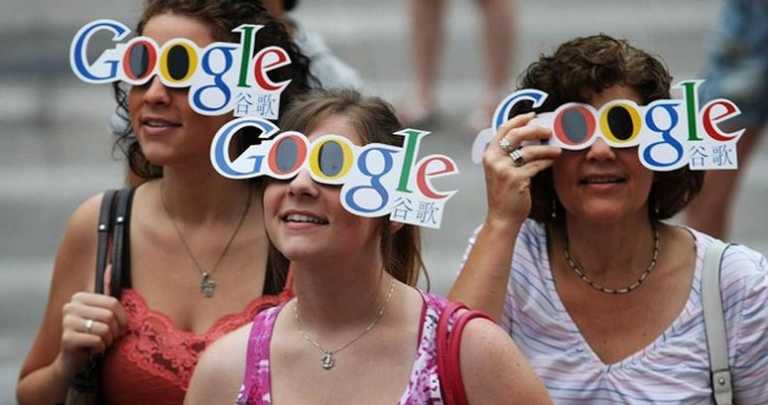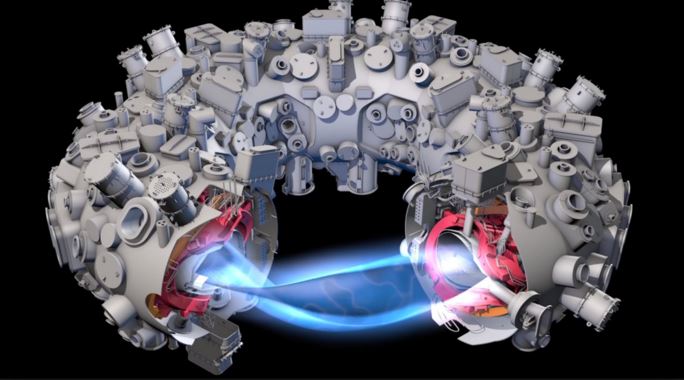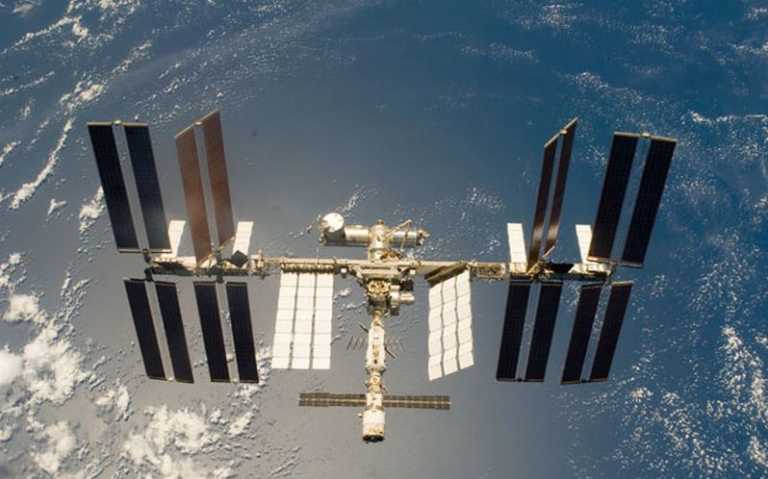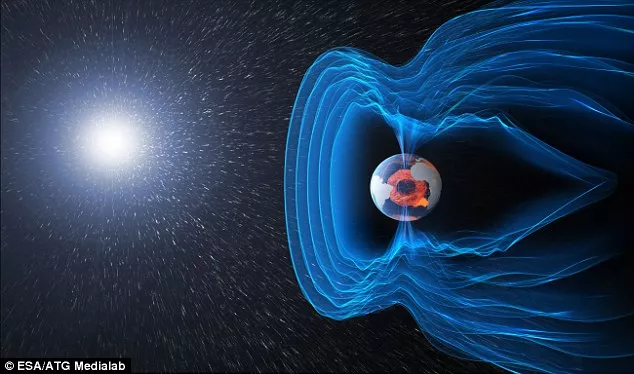LightSabers, a Reality? Physicists Trying to Make “Molecules” Made of Light

 Short Bytes: The scientists at National Institute of Standards and Technology (NIST) and the University of Maryland are in the process to make molecules made of light. Well, could light sabers become a reality? Read the article to know more.
Short Bytes: The scientists at National Institute of Standards and Technology (NIST) and the University of Maryland are in the process to make molecules made of light. Well, could light sabers become a reality? Read the article to know more.
Light is one of the interesting subjects of research today among the physicists. We are at a stage when the technology of information transfer through electrons has reached its limits and Moore’s law about to fail. With its dual nature, light promises to serve a greater purpose for the humanity and scientists are trying their best to exploit that.
Right now, the theoretical scientists from the National Institute of Standards and Technology (NIST) and University of Maryland (including few others as well) are in the process of building objects out of photons of light. The theory is based on the trick to bind the photons together and superimpose them as they travel, effectively making molecules made of light. Sounds like the light sabers will be coming to reality some day.
The current developments are based on the results of the 2013 collaboration of Harvard, Caltech and MIT scientists as they found a way to bind two photons together.
The research is about to publish in Physical Review Letters showing that the aforementioned idea (light saber) could be possible by tweaking a few parameters of the binding process to make an array of molecules made of light and build more complex photonic structures. But, the problem lies in the effective binding of a huge number of light photons (theoretical idea).
As the light is the fastest known thing in the universe, scientists are trying to use entangled photons on the processing chips to improve upon today’s computing. Not just that, the regular information traveling as light beams through optical cables needs to be converted into electrons for processing which slows down the entire process. If we are able to garner information, directly through photons, then our communication networks will improve exponential drastically reducing energy losses.
Do you think the idea is feasible? Tell us in comments below.
[adinserter block=”12″][adinserter block=”13″]






